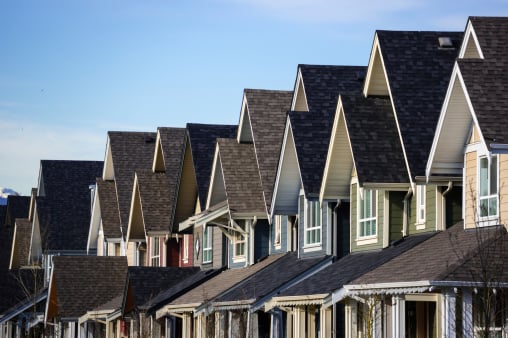Affordable housing must be a key to a stable economy and the foundation of a successful society. At least those findings sit among the conclusions of a new report from McKinsey & Company, considered the most important consulting firm in the world. What is not clear is whether the problem may be too large to solve. McKinsey researchers issued a new white paper that claims data from its Global Institute show: Source: Thinkstock
Source: Thinkstock
Its MGI’s Cityscope finds that the affordable housing gap now stands at $650 billion a year and that the problem will only grow as urban populations expand: current trends suggest that there could be 106 million more low-income urban households by 2025.
The trouble could get much worse, almost certainly:
To replace today’s inadequate housing and build the additional units needed by 2025 would require $9 trillion to $11 trillion in construction spending alone. With land, the total cost could be $16 trillion. Of this, we estimate that $1 trillion to $3 trillion may have to come from public funding.
ALSO READ: America’s Poorest Cities
The analysis confines itself to cities, so the scope of the problem, based on the McKinsey report, does not include other populated areas. However, the issue is bad enough without that broader consideration:
If current trends in urbanization and income growth persist, by 2025 the number of urban households that live in substandard housing — or are so financially stretched by housing costs that they forego other essentials, such as healthcare — could grow to 440 million, from 330 million. This could mean that the global affordable housing gap would affect one in three urban dwellers, about 1.6 billion people.
McKinsey offers rays of hope, but ones that are likely beyond the power of governments or corporations to solve:
However, four approaches used in concert could reduce the cost of affordable housing by 20 to 50 percent and substantially narrow the affordable housing gap by 2025. These largely market-oriented solutions — lowering the cost of land, construction, operations and maintenance, and financing — could make housing affordable for households earning 50 to 80 percent of median income.
Even if the money were available, the logistics and political hurdles to applying it could not be cleared across the hundreds of cities that need the critical aid. McKinsey has shaped the size of the problem. It cannot shape practical solutions, because there aren’t any.
ALSO READ: The 10 Most Livable Countries
Essential Tips for Investing: Sponsored
A financial advisor can help you understand the advantages and disadvantages of investment properties. Finding a qualified financial advisor doesn’t have to be hard. SmartAsset’s free tool matches you with up to three financial advisors who serve your area, and you can interview your advisor matches at no cost to decide which one is right for you. If you’re ready to find an advisor who can help you achieve your financial goals, get started now.
Investing in real estate can diversify your portfolio. But expanding your horizons may add additional costs. If you’re an investor looking to minimize expenses, consider checking out online brokerages. They often offer low investment fees, helping you maximize your profit.
Thank you for reading! Have some feedback for us?
Contact the 24/7 Wall St. editorial team.